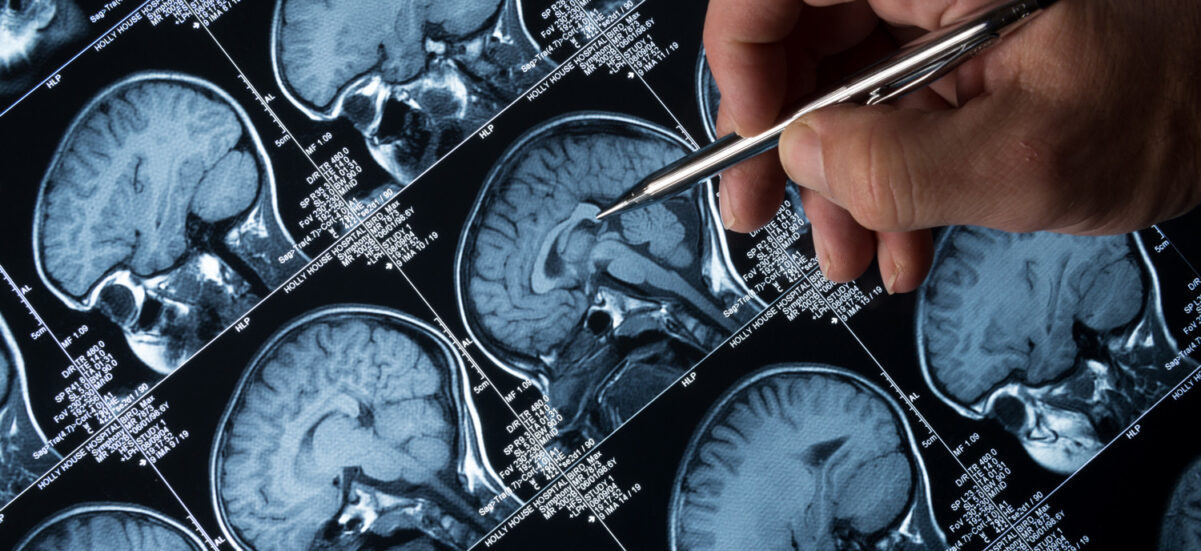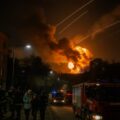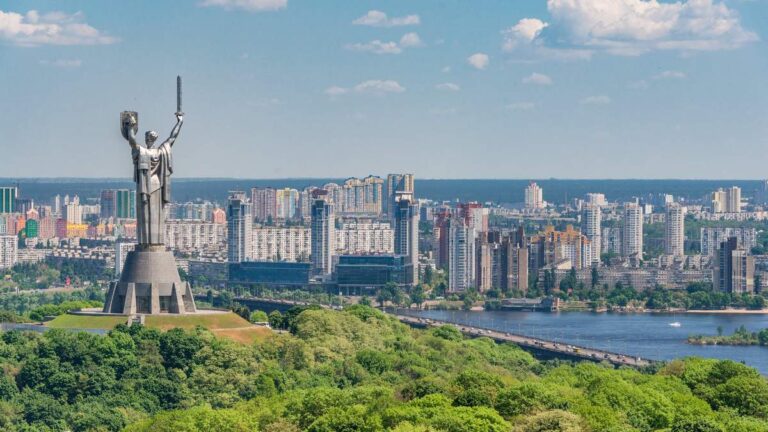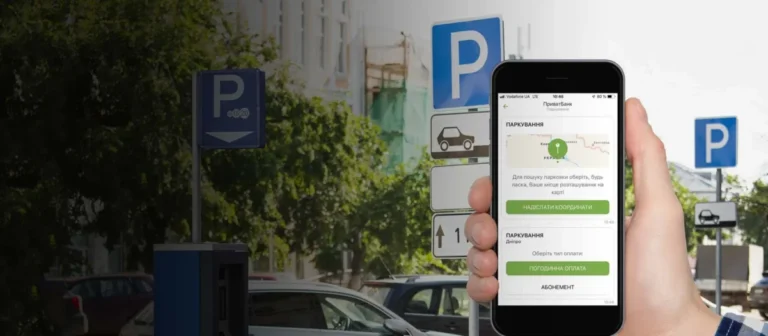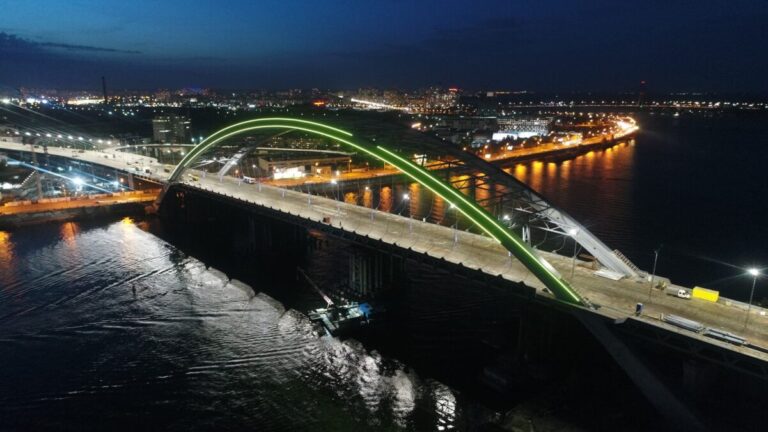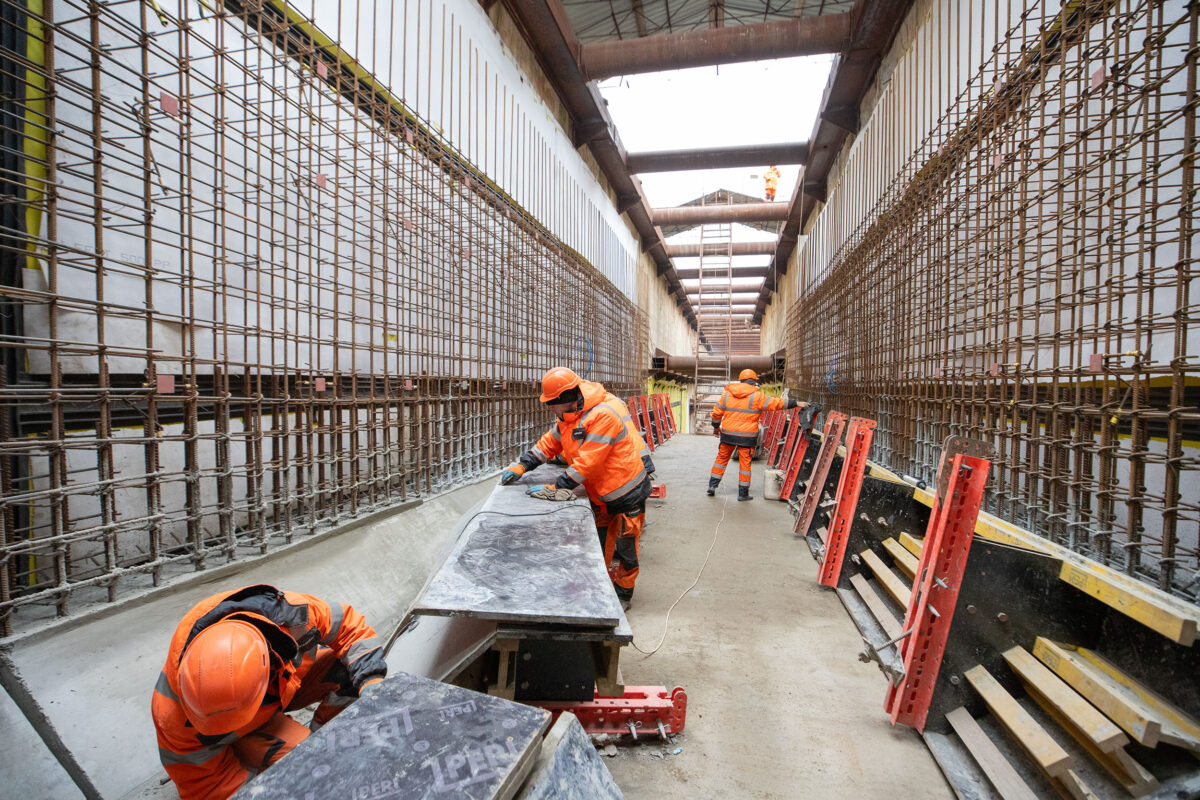
How Vynohradar Metro Is Being Built: Real Progress, Scale, and Technologies in Kyiv
The construction of the metro extension to Vynohradar in Kyiv is one of the city’s most significant infrastructure projects in recent years. Residents of this district have been waiting for the metro for decades, and the project has faced everything: shifting plans, funding delays, and disruptions due to martial law. Today, work truly does not stop construction continues around the clock at six sites, despite local residents’ complaints about night-time noise and fatigue. But what exactly is being built, what stage has the project reached, and what technologies are used to cope with Kyiv’s challenging geology? Let’s break down what is really happening beneath Vynohradar, point by point.
What Is Being Built: Two Stations and the Full Technical Infrastructure
According to official information and on-site updates, the current phase of construction covers two new stations on the city’s green metro line: Mostytska and Prospekt Pravdy, which has recently been renamed Varshavska. “Varshavska” will serve as the terminus for this first extension stage. In addition to a passenger station, the site includes a major technical complex: turnaround tracks (where trains reverse and stay overnight), a service facility for train maintenance, utility networks, and a ventilation hub.
A key point: while there are long-term plans for two more stations Vynohradar and Marshala Hrechka Street these are not currently under construction, nor is there allocated funding for them. The main focus now is on completing “Mostytska” and “Varshavska” along with all the infrastructure required for train movement and maintenance.
What Has Already Been Done: Technologies That Prevent Landslides
One of the key sites is the area near the future “Varshavska” station. This is where trains will reverse direction at the end of their routes, and where the turnaround tracks and technical service facilities will be located. To ensure the safety of nearby buildings and the stability of the tunnels in Vynohradar’s waterlogged and unstable soils, construction crews are using several advanced technologies:
- Diaphragm walls: these are deep concrete structures that enclose the pit, prevent landslides, and protect the foundations of neighboring buildings. In a densely built-up area, this is crucial.
- Anti-filtration curtains and waterproofing: these protect future tunnels and facilities from flooding, a real threat here due to high groundwater and water-bearing layers.
- Jet Grouting: this technology cements the soil beneath the construction site, creating a monolithic base that retains water and prevents soil “creep.” Under the entire site, a layer of cement-soil piles up to three meters thick has already been installed.
- Reinforcing and concreting the walls of service facilities: construction crews are already installing frameworks for concrete pouring these will form the protected, monolithic walls of the future train maintenance rooms.
On the surface, the pace is equally intense: deep excavations are underway with large crawler cranes and dump trucks hauling away soil. Next steps include installing utility networks, ventilation, high-voltage lines, and security and video monitoring systems.
Kyiv’s Challenging Soils: Why This Project Is So Complex
Building metro lines in Kyiv has always required non-standard solutions due to the city’s complex geology. In the Vynohradar area, these challenges are especially acute: there’s a lot of water, the soils are unstable and prone to subsidence. According to contractors, building the metro here is essentially building in a swamp. This complicates not just tunnel digging but also ensuring the safety of the surrounding developments.
That’s why engineers and geologists are constantly monitoring soil stabilization, while crews focus on achieving monolithic structures. Any mistake here could lead to accidents or landslides problems that have happened elsewhere in Kyiv when geological advice was ignored.
Construction Pace and Work Regime: Why They Work at Night
Metro construction in Vynohradar is truly a 24/7 operation, with no days off. This is confirmed by the official contractor (“Avtostrada”) and by the many complaints from Kyiv residents about noise, especially at night. The contractor explains this in two ways:
- State funding comes in irregularly, so every opportunity to work is used to the maximum.
- Certain technological processes like concreting or reinforcement often cannot be stopped mid-way, as this would threaten the structural integrity.
At the same time, the company assures that it complies with sanitary standards and notifies local authorities about loud night-time work.
Current Status and Next Steps
As of now, more than 1.2 km of tunnels have already been built between “Syrets” and “Mostytska”. Active reinforcement of service room walls is underway, ventilation shafts are being installed, and foundation slabs are being laid for the turnaround tracks at the terminus. The main task in the coming months is to finish the monolithic structures and prepare utility networks for further outfitting of the stations and track installation.
Once the main structures are completed, the contractor will finish waterproofing and backfilling the pits, after which landscaping of the area will begin.
What Residents Should Expect
The completion of this metro construction phase will finally give Vynohradar residents a full-fledged transportation hub, helping them avoid traffic jams, reducing travel time to the city center, and making the area much more attractive for business. Yet, there are still plenty of challenges: from funding to organizing night work and communicating with local residents.
The technologies being used beneath Vynohradar today represent a truly modern approach to safety and stability. But it is the effectiveness of project management, financial transparency, and strict adherence to deadlines that will determine whether this project becomes a Kyiv success story or just another example of delay and public distrust in state projects.
Glossary
- Diaphragm wall: a deep concrete wall built underground to form “walls” for an excavation pit.
- Jet Grouting: a method of soil cementation used to create a strong, waterproof foundation.
- Turnaround tracks: dead-end tracks where metro trains reverse direction and stay overnight.
- Service facility: a complex for repairing and maintaining trains.
If you need a separate analysis of risks, technical solutions, or financial aspects, let me know and I’ll prepare an additional section.



